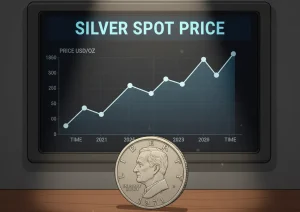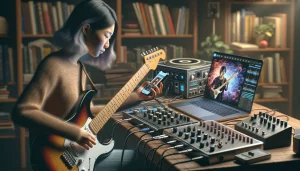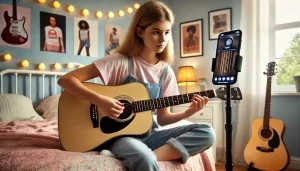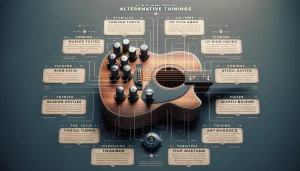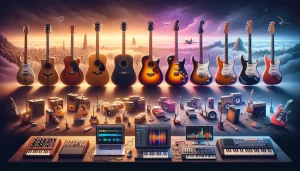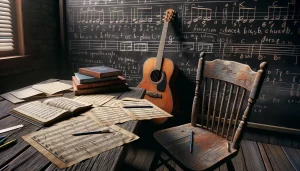Introduction to the Guitar’s Impact on Music
The Guitar: A Magical Catalyst in Music’s Story
There’s something undeniably electrifying about the sound of a guitar. Whether it’s the soulful wail of a blues solo, the raw energy of a rock riff, or the gentle strum of acoustic strings wrapping around a folk melody, the guitar has woven itself into the very fabric of human emotion. It’s not just an instrument; it’s a storyteller, a rebel, and sometimes even a therapist for those who pick it up.
The guitar’s magic lies in its versatility. Think about it: with six strings (or sometimes twelve), you can paint entire soundscapes. Just imagine: Jimi Hendrix setting the world ablaze with fiery solos, Andrés Segovia elevating classical music to new heights, or even Taylor Swift strumming her way into millions of hearts. Each genre finds its own unique voice through this incredible instrument.
- It sings to the lonely during midnight jam sessions.
- It fires up stadiums with anthems that shake the very ground.
- And it whispers comfort during quiet moments of solitude.
The guitar isn’t just important to music—it’s a bridge, connecting generations, genres, and emotions in the most profound way imaginable.
Evolution of the Guitar Across Musical Eras
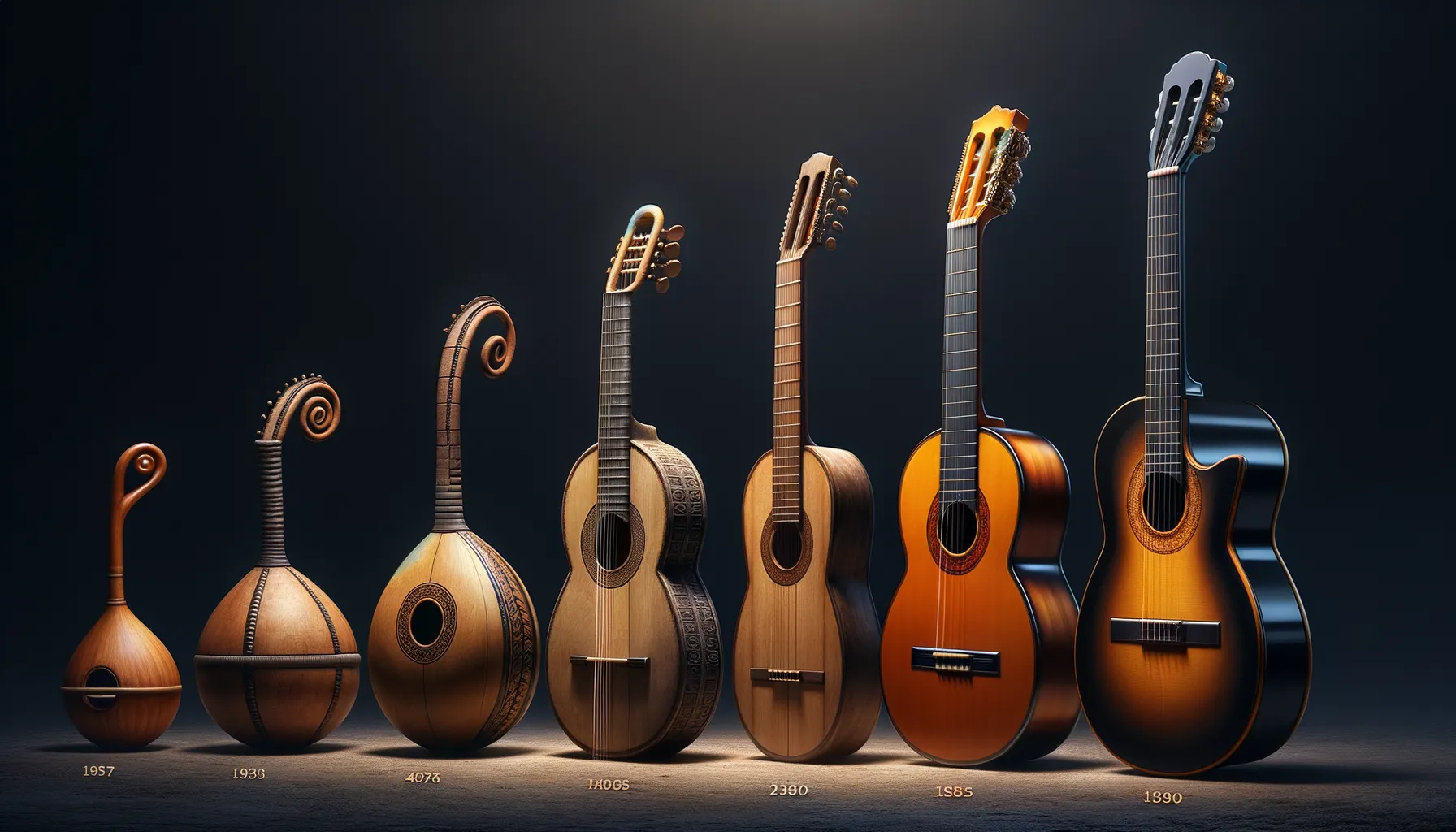
A Journey Through Strings and Time
The guitar’s story is a time machine with six strings. From its humble beginnings to its electrifying modern presence, the instrument has woven itself into the very fabric of music’s history. The Baroque era introduced early ancestors of the guitar—think delicate plucking on the lute, evoking courtly dances and wistful poetry. Fast-forward to the 19th century, and the Spanish classical guitar was born, the passionate cry of flamenco taking center stage. It wasn’t just an instrument; it was a voice.
And then came electricity. By the mid-20th century, the guitar found a new identity, thanks to pioneers like Leo Fender and Les Paul. Electric guitars exploded in popularity with icons like Jimi Hendrix bending notes that defied gravity and logic.
- The 70s saw the rise of rock gods, shredding their way through epic ballads.
- The 80s brought glam and metal riffs that raised hairs and eyebrows.
- By the 90s, gritty grunge brought raw emotion back to the fretboard.
Today? The guitar dances effortlessly between worlds—jazz, indie pop, even EDM. Long live the strings.
Key Roles of Guitar in Different Genres
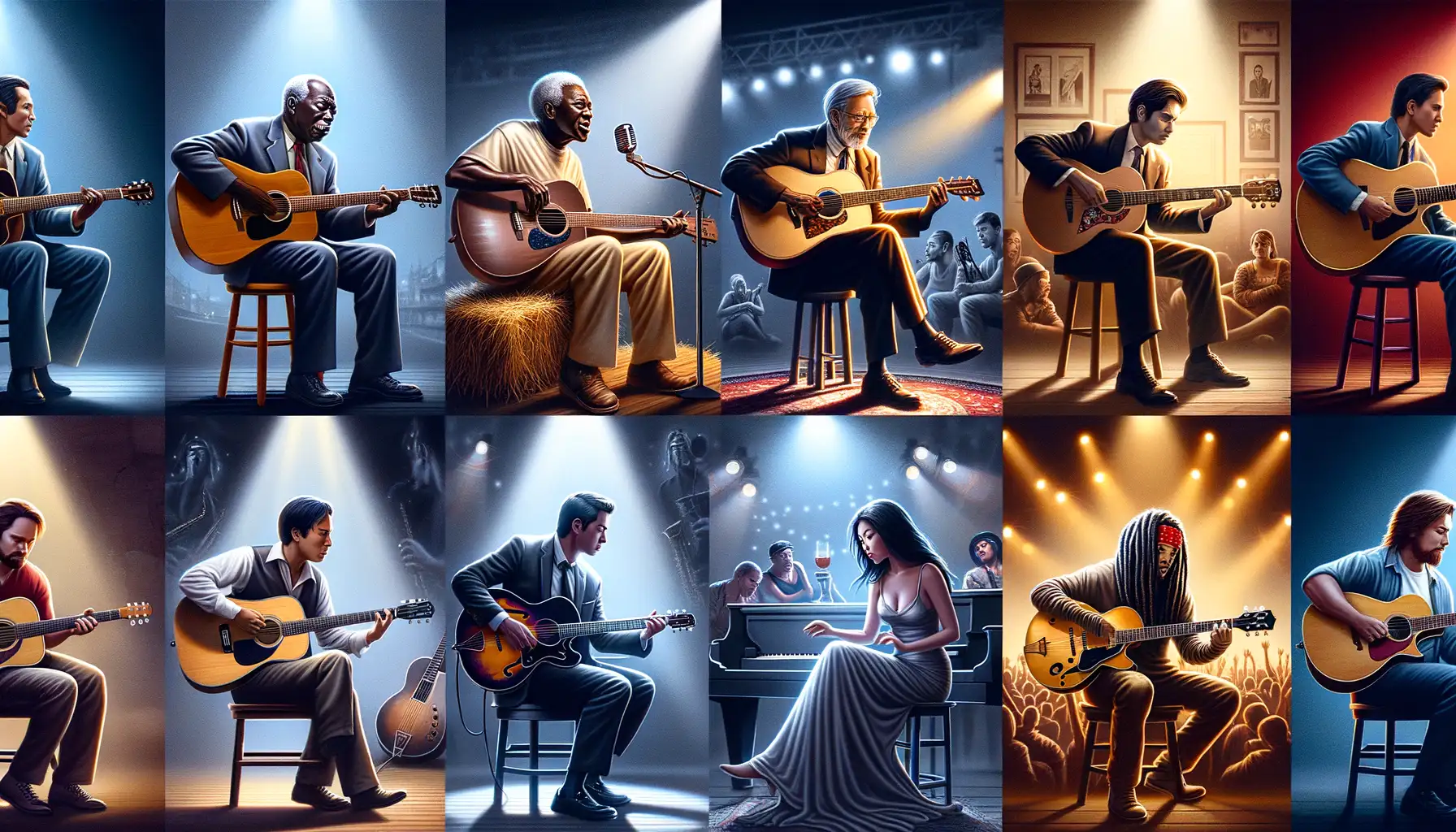
The Guitar’s Voice in Rock, Jazz, and Blues
When it comes to *rock*, the role of the guitar is nothing short of electrifying. It’s the thunder in your chest during a live concert, the adrenaline that spills out of riffs so iconic you can’t help but air-guitar along. From the raw grit of Chuck Berry’s licks to the soaring solos of Slash, the guitar takes center stage, screaming emotion. It’s the glue, the heartbeat—and if you ask most rock legends, the soul—of this genre.
In jazz, the guitar whispers. It dances through complex chord progressions, subtly supporting a saxophone or piano while sneaking in its own dazzling flourishes. Think of Wes Montgomery’s smooth syncopation or Pat Metheny’s lush phrasing—each note feels like a conversation over coffee rather than a shout across a crowded room.
And then there’s *blues*. Oh, here, the guitar doesn’t just play—it aches, bleeds, and testifies. Whether it’s B.B. King’s weeping bends on “Lucille” or Stevie Ray Vaughan making a Strat cry, every note is soaked in longing and triumph, echoing stories you didn’t know you needed to hear.
- Rock: The rebel, loud and untamed.
- Jazz: The storyteller, intricate yet understated.
- Blues: The soul-bearer, raw and heartfelt.
Unleashing Rhythms in Pop, Funk, and Reggae
In *pop*, the guitar often works behind the scenes, adding texture and rhythm that make a melody unforgettable. Listen closely to Taylor Swift’s acoustic strums or Ed Sheeran’s looped layers. Hear that? It’s not just background noise—it’s the framework holding their hits together.
Funk? That’s where the guitar gets funky (pun intended). Driven by precise rhythms and tight grooves, it’s all about the syncopation. Nile Rodgers’ work with Chic is a masterclass in turning six strings into a disco dance floor—every “chic-chic” strum screams joy.
Then there’s reggae, where the guitar might seem chill, but it’s always at work. Its offbeat, “skank” style creates that signature bounce. Bob Marley’s tracks would never feel as island-rich without those immaculate, understated strokes. The reggae guitar doesn’t yell; it smiles.
Influence of Technology on Guitar’s Role
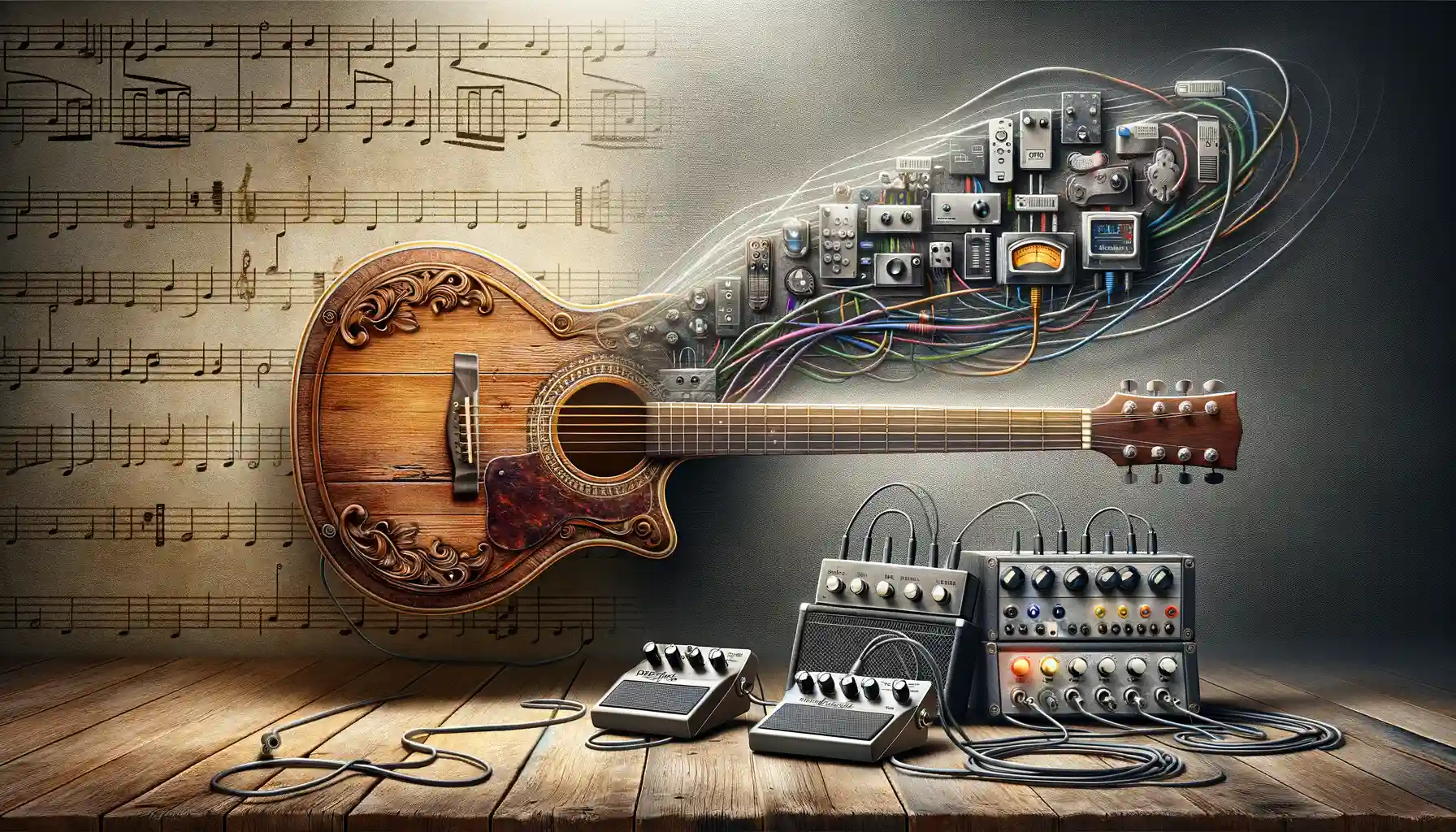
The Digital Revolution: Shaping the Guitar’s Voice
Picture this: a guitarist in the 1950s relied on raw talent and analog gear, their fingers creating magic without a single software plugin in sight. Fast forward to now, and technology has turned the guitar into a chameleon of sound. From shimmering clean tones to apocalyptic walls of distortion, technology empowers players to reshape what a guitar can say—or scream.
With breakthroughs in amps, pedals, and digital modeling, guitars today are no longer confined to their original “voice.” The rise of plugins like Neural DSP and hardware such as Kemper Profilers allows musicians to access thousands of tones in a snap. Want to sound like Hendrix one moment and a futuristic robot the next? One click.
- Loop stations give performers the ability to create entire orchestras of sound live.
- Effects like delay, reverb, and octave-shifting transform even simple riffs into unearthly landscapes.
- Augmented reality learning tools bridge gaps for beginners, making mastery more accessible than ever.
Technology hasn’t just enhanced the guitar—it’s elevated it into an instrument without borders, blending seamlessly into genres from trap metal to ambient electronica. It feels like the guitar isn’t simply keeping up with the times—it’s leading them.
The Future of Guitar in Modern Music
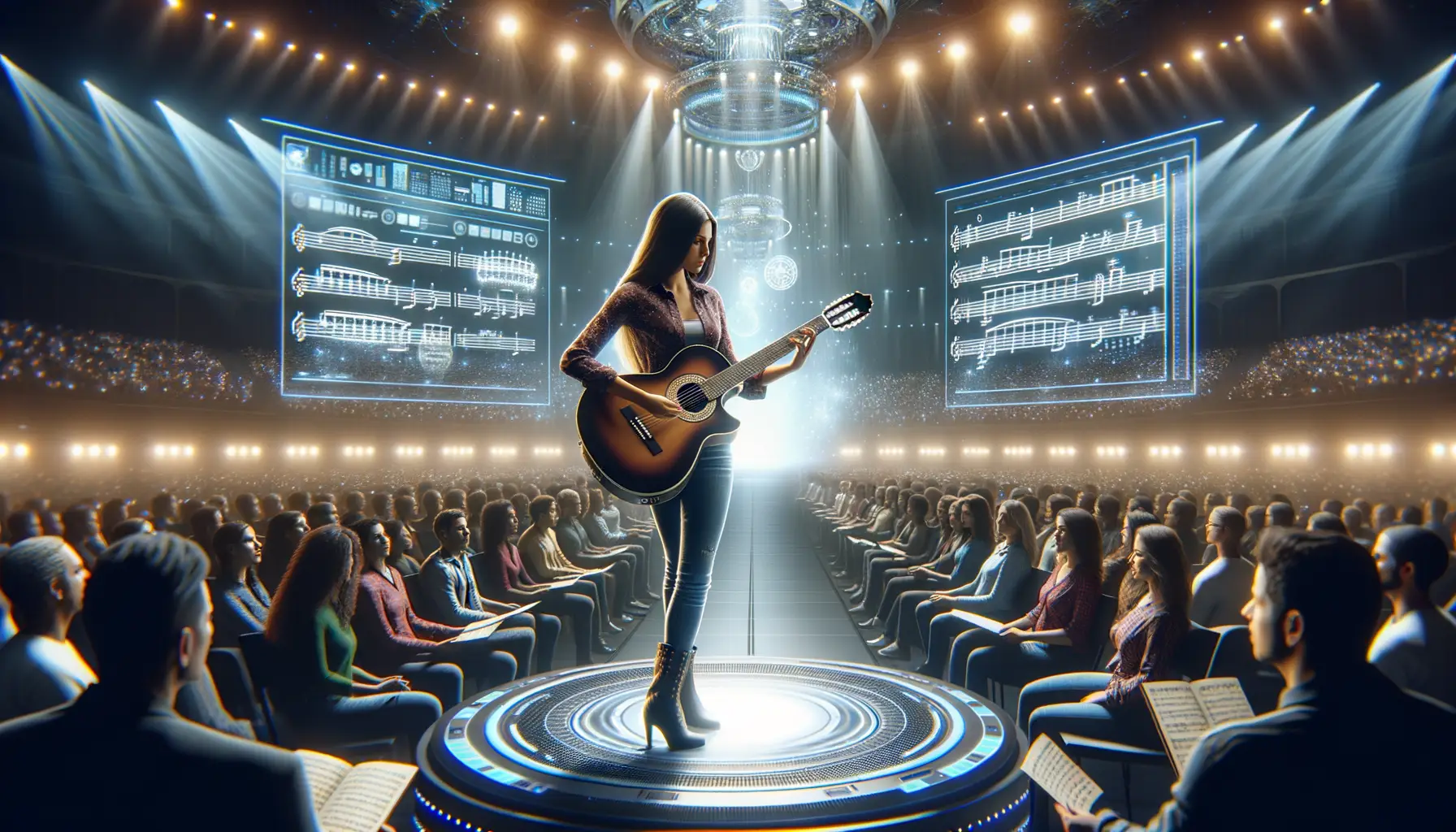
Breaking Boundaries: Guitars in Tomorrow’s Soundscape
The guitar, a six-stringed storyteller, is far from fading into the backdrop of modern music. In fact, its future looks electric—pun intended! As genres evolve and blend like colors on a painter’s palette, the guitar is morphing to fit these new sonic landscapes in ways we never imagined.
What’s wild is how technology is rewiring the potential of this iconic instrument. Picture this: digital interfaces amplifying what guitars can do, turning them into tools for creating intergalactic soundscapes or layering beats like a DJ. The rise of AI-driven effects pedals already lets musicians manipulate tone with eerie precision, while loop stations are a playground for modern-day one-person bands.
- Pop stars strumming hybrid acoustic-electrics that double as MIDI controllers.
- Metal bands shredding riffs on multi-scale, fanned-fret guitars.
- Indie artists blending lo-fi distortion with ambient reverb textures.
And let’s not forget the DIY renaissance. Every bedroom producer armed with a guitar is capable of crafting viral tunes overnight. It’s not just about playing; it’s about innovating. The language of the guitar is evolving—and it’s speaking directly to the heart of tomorrow’s music.

